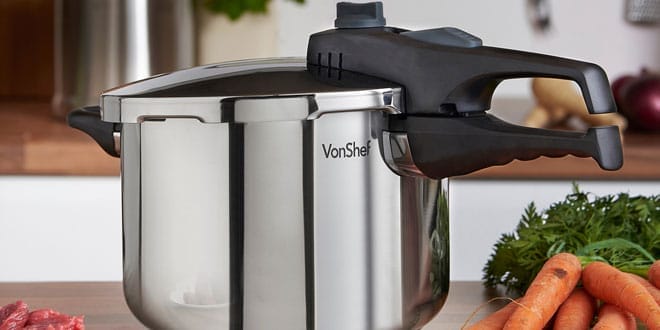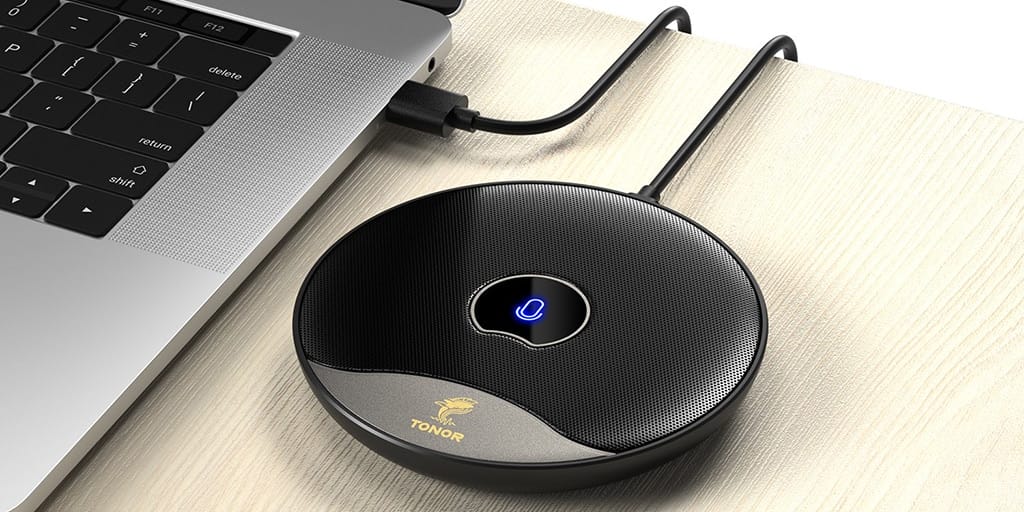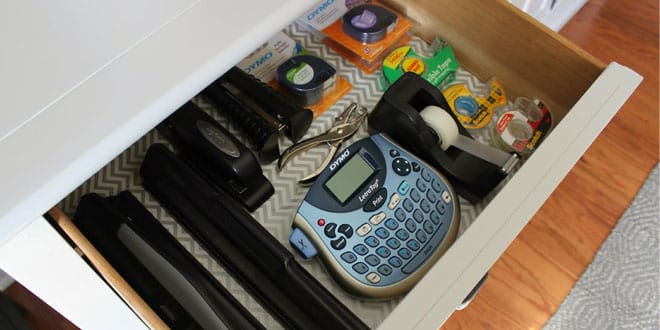As a parent, you want the best and safest car seat for your infant. Whether you’re expecting a new baby or looking to upgrade your current car seat, it’s important to find one that meets all safety standards and offers optimal protection for your little one. With so many options on the market, it can be difficult to figure out which is the right choice for you. That’s why we’ve compiled this list of the top 10 infant safety car seats in 2024. We’ll help you narrow down your search by comparing features like size limits, ease of installation, compatible strollers, and more! Read on to learn more about these great infant car seats and find the perfect fit for your family.
Why should you buy an Infant Car Seat?
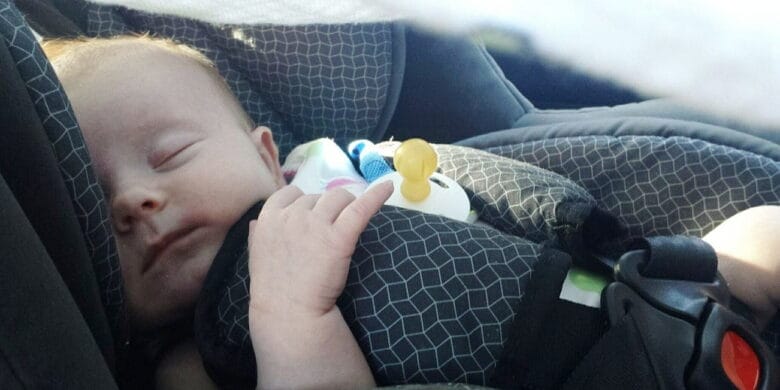
Having a safe and secure infant car seat is essential for the health and well-being of your child. Accidents can happen at any time. It’s crucial to ensure you have the best possible protection for your little one when on the road. An infant safety car seat is specifically designed to provide maximum protection against common causes of injury in a vehicle collision.
Infant car seats are also smaller than traditional car seats. It may be more suitable for newborn babies as well as young infants who may not fit into other types of car seats. These seats feature multiple adjustment points that can accommodate various weights and sizes, so they can easily transition from babyhood until toddlers are ready to upgrade. Infant safety car seats typically come with an adjustable 5-point harness system that distributes pressure evenly and securely across the baby’s body if there is an impact during travel. This ensures that parents won’t need to worry about their little ones slipping out or becoming dislodged from their seats during an accident or sudden stop/start situation due to faulty straps or inadequate support systems.
Furthermore, many infant safety car seats offer additional features as follows:
- Side impact protection technology that absorbs energy in a crash while reducing the risk of head injuries.
- Removable cushions for comfort.
- Breathable fabrics that keep babies cool.
- Washable padding with anti-microbial properties.
- 2-way carry handles for quick easy transfer between vehicles.
- Forward-facing options up to 22 lbs.
- Adjustable recline positions depending on weight limits.
- Installation instructions are included on most models.
- Built-in lock-offs with no base required installations making them easier to switch between cars.
All these features make purchasing an infant safety car seat absolutely worthwhile!
10 Best Infant Car Seats to Keep Your Newborn Safe (2024)
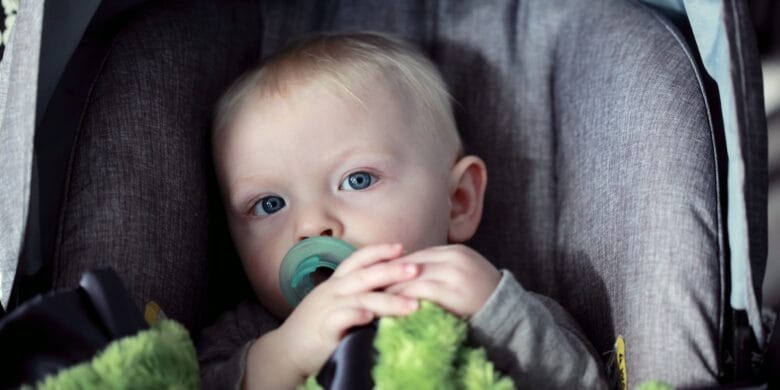
As a new parent, safety is always a top priority, and choosing the right infant car seat is crucial. Luckily, in 2024, the market is filled with a wide range of excellent options to choose from. From convertible car seats that grow with your baby to high-end models with advanced safety features, the top 10 best infant safety car seats in 2024 will provide you with peace of mind while keeping your little ones as safe as possible during car rides. As you embark on the journey of selecting the perfect infant car seat, remember to keep your baby’s needs and your lifestyle in mind. With these top 10 options, you can find a great balance between safety, comfort, and convenience.
See also: Top 10 Hot New Releases in Womens Tote Bags.
1. UPPAbaby Aria Lightweight Infant Car Seat/Just Under 6 lbs for Easy Portability/Base with Load Leg + Infant Insert Included/Direct Stroller Attachment/Greyson (Charcoal Mélange/Saddle Leather)
- Product name: UPPAbaby Aria Lightweight Infant Car Seat/Just Under 6 lbs for Easy Portability/Base with Load Leg + Infant Insert Included/Direct Stroller Attachment/Greyson (Charcoal Mélange/Saddle Leather)
- Category: Bestselling >> Infant Car Seats
- Product group: Baby Product
- Brand: UPPAbaby
2. Evenflo Shyft DualRide Infant Car Seat and Stroller Combo (Ayer Pink)
- Product name: Evenflo Shyft DualRide Infant Car Seat and Stroller Combo (Ayer Pink)
- Category: Bestselling >> Infant Car Seats
- Product group: Baby Product
- Brand: Evenflo
3. Graco® Premier 4Ever® DLX Extend2Fit® SnugLock® 4-in-1 Car Seat Featuring Anti-Rebound Bar, Midtown
- Product name: Graco® Premier 4Ever® DLX Extend2Fit® SnugLock® 4-in-1 Car Seat Featuring Anti-Rebound Bar, Midtown
- Category: Bestselling >> Infant Car Seats
- Product group: Baby Product
- Brand: Graco
- Model number: 8BB610MTW
4. Maxi-Cosi Mico™ Luxe Infant Car Seat, New Hope Tan
- Product name: Maxi-Cosi Mico™ Luxe Infant Car Seat, New Hope Tan
- Category: Bestselling >> Infant Car Seats
- Product group: Baby Product
- Brand: Maxi-Cosi
- Manufacturer: Dorel Juvenile Group
- Model number: IC365GYQH
5. Britax Alpine™ Infant Car Seat Base with ClickTight®
- Product name: Britax Alpine™ Infant Car Seat Base with ClickTight®
- Category: Bestselling >> Infant Car Seats
- Product group: Baby Product
- Brand: BRITAX
- Manufacturer: Britax USA
- Model number: S14693000
6. Maxi-Cosi Mico™ Luxe+ Infant Car Seat, Urban Wonder
- Product name: Maxi-Cosi Mico™ Luxe+ Infant Car Seat, Urban Wonder
- Category: Bestselling >> Infant Car Seats
- Product group: Baby Product
- Brand: Maxi-Cosi
- Manufacturer: Dorel Juvenile Group
- Model number: IC384GKE
7. UPPAbaby Extra Mesa Max Car Seat Base/Compatible with Mesa Max Infant Car Seats/SmartSecure Installation with Load Leg
- Product name: UPPAbaby Extra Mesa Max Car Seat Base/Compatible with Mesa Max Infant Car Seats/SmartSecure Installation with Load Leg
- Category: Bestselling >> Infant Car Seats
- Product group: Baby Product
- Brand: UPPAbaby
8. Graco SnugRide 35 Lite LX Infant Car Seat, Studio
- Product name: Graco SnugRide 35 Lite LX Infant Car Seat, Studio
- Category: Bestselling >> Infant Car Seats
- Product group: Baby Product
- Brand: Graco
- Manufacturer: AmazonUs/GRAR9
- Model number: 2110186
9. Baby Trend EZ-Lift™ 35 Plus Infant Car Seat Base,Black
- Product name: Baby Trend EZ-Lift™ 35 Plus Infant Car Seat Base,Black
- Category: Bestselling >> Infant Car Seats
- Product group: Baby Product
- Brand: Baby Trend
- Manufacturer: Baby Trend Inc.
- Model number: CB02100A
10. Doona Car Seat & Stroller, Desert Green - All-in-One Travel System
- Product name: Doona Car Seat & Stroller, Desert Green - All-in-One Travel System
- Category: Bestselling >> Infant Car Seats
- Product group: Baby Product
- Brand: DOONA
- Model number: TONOMO
- Part number: 5-O-2201
* You can check the reference search link for Infant Car Seats.
What exactly is an Infant Car Seat?
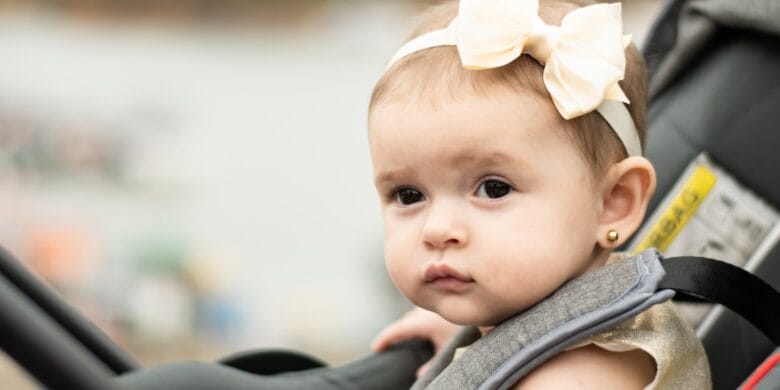
An infant safety car seat is a device designed to help keep your baby safe while traveling in the car. It’s used for infants from birth up to 12 months or until they reach the weight and height limits specified by the manufacturer.
Infant safety seats are important tools for keeping your baby safe on the road in case of an accident. They provide protection by helping absorb some of the shocks during a crash, helping to spread out force across a larger area of their body, and preventing your little one from being thrown around inside of a vehicle during an impact. These key features help reduce the risk of serious injury or death due to motor vehicle accidents.
Always remember when traveling with children that no matter how long or short trips may be; proper car safety should always come first! Make sure all passengers are wearing seatbelts securely at all times regardless if infant carrier/car seats are installed appropriately or not – then double-check before starting up again after any stop(s) along the route!
Related: Top 10 Bestselling Jogger Baby Strollers.
What to look for when shopping for an Infant Car Seat?
When shopping for an infant safety car seat, there are several factors to consider. First and foremost, you should make sure that the car seat meets your specific vehicle’s requirements. Every type of infant car seat must meet the same basic safety standards set by the National Highway Traffic Safety Administration (NHTSA) in order to be approved for use. Still, some may also require additional attachments or accessories that may be vehicle-specific. Additionally, it is important to choose a car seat based on the age and size of your child; different models have different height and weight limits so you want to make sure you’re getting one that fits properly.
It can also be helpful to look at other features when selecting an infant safety car seat such as comfortability, adjustability (some offer adjustable positioning options), whether it includes extra padding or cushioning for support and safety, ease of installation (you’ll want something with clearly labeled instructions), ease of attachment/detachment from its base station if applicable (many come with their own dedicated latch system), amount of storage space inside the carrier itself or underneath it depending on model (great if you plan on using this particular car seat in multiple vehicles), ability to recline when installed correctly and securely in either rear-facing or forward-facing positions (for additional comfort while driving over longer distances). Last but not least – check out any reviews from other parents who have already purchased a similar model!
Important things you should know about Infant Car Seats

As a new parent, there is no doubt that safety is your top priority. When it comes to keeping your baby safe on the road, an infant car seat is essential. An infant car seat provides protection for babies from birth up to some years or until they reach the weight and height limits specified by the manufacturer. However, with so many different models available in 2024, selecting the right one can be overwhelming. In this blog post, we will discuss important things you should know about infant car seats so you can make an informed decision when choosing one for your little one!
1. What are the different types of infant car seats?
Infant safety car seats are a must for new parents, ensuring that their little ones are safe and secure while traveling. When it comes to infant safety car seats, there are several options available on the market. Here’s an overview of the different types of infant car seats you can find:
The standard one
First off, we have “standard” infant safety car seats. These provide support from birth until your child outgrows them or reaches 22-44 lbs (~10-20 kg). This type is easily transferable between vehicles. This often comes with a detachable base which helps it fit better into most vehicles. It also allows for easy installation without having to remove the seat belt each time you take your baby in or out of the vehicle. More peace of mind for busy parents!
Infant convertible
The next option is an “infant convertible” seat (aka 3-in-1 seat). This type will last longer than standard options. They are designed to be used from birth until your baby reaches 65 lbs (~30 kgs). This allows parents more value for money. This type offers greater versatility by allowing babies to remain rearward facing up to 20 lbs (9 kgs). Then switch it over to forward facing once 20 lbs has been reached. This is perfect if you’re constantly on the go or always running late!
Portable booster
If you prefer something smaller, portable booster chairs could suit your needs. These are also known as combination restraints/booster chairs. They can be used from when children reach 20~30 lbs (9~13 kgs) up until they weigh 40~100 lbs (18~45 kgs). They come with either 5-point harnessing or lap-only straps depending on your child’s age and size. These make it easier to move between cars without installing multiple systems in different places each time!
Traditional booster
Finally, there’s the traditional booster seat which supports children aged 4+ years old who weigh 30–100 pounds (13–45 kg). They help keep kids properly positioned so that their backrest maintains contact with their vehicle’s headrest at all times. They offer additional support and protection during journeys. Typically these require no installation other than placing them in position. But always double-check requirements as regulations may vary state by state across America!
No matter what type of infant car seat you decide upon – safety should always come first! Make sure all instructions given by manufacturers adhere strictly followed so that everyone remains safe while on the road together :)
2. How do I choose the right seat for my baby?
Congratulations on the new addition to your family! Choosing the right car seat for your baby is a big decision and one that should not be taken lightly.
Safety
The most important thing you need to consider when choosing a car seat is safety. All infant car seats are required to meet strict federal safety standards (FCCS 213). Any safe option will include information about these standards on its label or packaging. Look for an approval seal from organizations like National Highway Traffic Safety Administration (NHTSA) or Juvenile Products Manufacturers Association (JPMA). This will ensure that at least minimum safety standards have been met.
Seat type
When it comes to fitting an infant in the seat, there are following three main categories.
- Rear-facing only: These seats are designed specifically for infants up to 22 pounds. They provide superior head, neck, and spine support.
- Convertible/convertible plus: This can either be used rear-facing with harnesses or turned around forward facing up to 65 pounds. Only make sure they fit properly into your vehicle’s specific make/model combination.
- All-in-one: This can start off as a rear-facing style but then transition into booster seating when your child outgrows. The basic backless booster mode in which kids aged four years or older ride is secure with adult lap/shoulder belt combinations found in vehicles without integrated lap/shoulder belts at each seating position already installed.
Size, height & weight
When choosing a car seat, it’s important to pick one that fits within the manufacturer’s size and weight limits. Also, consider any local regulations that apply when you cross state lines. For regular travel with children, make sure to choose a model that accommodates growth spurts in toddlerhood and can be used with another child down the road. It’s best practice to select a model whose height and weight ranges extend beyond what initially meets the eye. Remember, your child won’t need it forever!
Your vehicle type
When picking a car seat, it’s important to check what models work best with your vehicle’s latch or traditional belts. Not sure what you need? Check in ahead of time to make sure you meet automaker specifications and avoid being unhappy later on. Trust us, there’s nothing worse than finding out that your “x” model won’t install easily!
Other features
With built-in recline adjustability, these additional features offer easier cockpit access for caretakers. They also help reduce pressure points on developing bones, especially during long journeys. Normally, constant contact with hard surfaces found throughout cabin space can be a problem, as well as naturally occurring motion from bumpy roads along the route. Even just jostling from inherent slight movements can be uncomfortable. These contraptions are made for comfort, ensuring a smoother course duration and journey, whether you stop halfway for refueling or not.
When looking for the best equipment to keep children safe while riding, it’s easy to lose track of what’s important. Cup holders may seem like a small detail compared to national safety standards and certifications. But it’s worth taking a closer look at the specifics to ensure the utmost level of safety and comfort for your child. We want to make buying child safety equipment easy for you. So let us provide some clarity on which features are most important to consider.
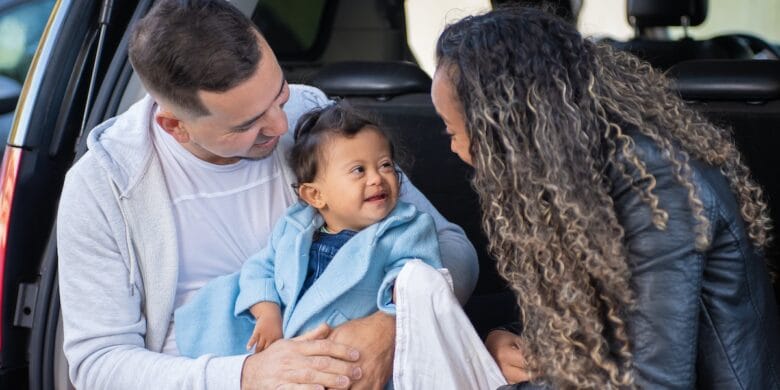
3. How do I install an infant car seat?
Congratulations on your new little one and making the safest decision for your family – installing an infant car seat! It’s a rather involved process, but there are some steps you can follow to make sure it is done properly.
First, read through the instructions manual that came with your car seat before beginning. You should also review any vehicle-specific rules in your owner’s manual if applicable. This will ensure you know how to install and use the car seat correctly.
Now let’s move on to installing the car seat:
- Select an appropriate position in the backseat of your vehicle. Make sure that you secure it snugly with either a lap/shoulder belt or a LATCH system, as recommended by your vehicle’s manufacturer. Your owner’s manual should clearly explain which type of system to use based on where you chose to install the baby seat within the rear seating area of your vehicle.
- Make sure that when using a lap/shoulder belt system, you thread all components tightly around both sides of the car safety seat base without twisting them or pushing them out toward its edges. This could affect proper installation and increase the chances of injury during sudden stops or collisions.
- When using LATCH connectors (which may come with many newer vehicles), be aware that weight limits may apply depending upon the model year for each child restraint installed utilizing those anchors. So checking additional information sources is important as well for ensuring compliance along those lines regarding these types of systems.
- To test whether it was properly installed after putting it in place, push down at its base with one hand while grasping its top in another one. If it firmly stays put then congratulations – it was done correctly! However, even if this check passes successfully after having been secured with either type of mentioned restraining system(s), always remember that re-checking tightness from time to time while driving remains important since straps tend to stretch over time due to various environmental conditions such as heat exposure within cars on warmer days, etc., thus rendering their previous efficacy null and void once they become too loose after awhile for providing optimal crash protection against injuries during accidents / sudden stop scenarios, etc.
Additionally, keep these tips in mind when traveling:
- Never place a forward-facing child safety restraint into a front passenger air bag-enabled seating position (aside from possibly certain exceptional cases listed inside motorists’ instruction manuals).
- Always secure infants under 8 pounds into rear-facing baby seats only.
- Confirm State Regulations For Car Seats Before Driving As These Vary By Jurisdiction.
And finally, speak directly with your mechanic regarding any doubts prior to finalizing installations about details pertaining to specific vehicles. Seeking professional guidance is always advised here. Relying upon an expert’s suggestions before selecting appropriate Infant Safety devices beforehand instead of trusting just unprepared opinions from noncertified people whose comments about those matters might not necessarily be up-to-date or reliable apart from being found unsafe eventually. This brings us full circle back to our earlier discussion point. Read through manuals associated with both vehicles & child restraints extensively before attempting installations. Good Luck & Drive Safely!
4. What are some tips for using an infant car seat?
When it comes to keeping your baby safe while driving, nothing is more important than choosing and using an infant car seat correctly. Making sure you’re well-informed on the purpose, installation, use, and other tips of an infant car seat. It is essential for protecting your precious little one in the car. Here are some tips that could help when using an infant safety car seat:
Make sure your car seat meets safety standards:
When looking for the right car seat for your baby or toddler make sure it meets all current federal motor vehicle safety standards (FMVSS 213) which require certain features such as side impact protection points; head and body support; easy-to-adjust harness straps; chest clip positioning at armpit level; tinted or shaded sun visor; anti-rebound bars and EPP foam energy absorbing liner.
Buy a rear-facing only or convertible model:
Rear-facing-only models come with a detachable base that can be used with another compatible stroller or travel system. Whereas a convertible model can be changed from rear to forward-facing as your child grows older. You will get more use out of it even after they turn one year old.
Follow height & weight limits:
Read up on the specific manufacturer’s manual to understand their suggested limits when placing your baby in their safety chair. These vary between manufacturers. Most usually. it ranges from 5–22 lbs in weight and 19–29 inches in length depending on the model chosen.
Learn how to install safely & correctly:
Before you take off down that highway make sure you are familiar with installing both rearward/forward facing installations for whichever type of seat you choose. Follow all instructions carefully including securely fastening the tether strap if applicable as per manufacturer recommendations. Install seats tightly without any slack. Do not forget about adjusting recline angle accordingly following product instructions once installed securely into place. Ensuring proper fit is key here too so read up on their suggested guidance documents before getting started!
Analyze posture requirements:
Make any positional adjustments necessary such as harness straps being tightened around the chest area and buckle positioned appropriately over hip bones rather than over the stomach area. This helps keep little ones snug yet comfortable during journey journeys en route! Finally always double-check headroom allowance too of course before taking off anywhere near children’s heads should never interfere with restraints!
Take extra precautions when transferring:
When transferring infants from one location to another like moving them out of vehicles onto strollers remember whatever moveable parts on seats must be secured back into place thoroughly every time in case hazards arise along the way it loose bands etc. Otherwise, there may be risks posed during travels amongst other unnecessary shock-absorbing blemishes.
5. What are the safety standards for infant car seats?
When it comes to your infant’s safety, nothing is more important than having the proper car seat. Fortunately, car seat safety standards exist to help ensure that your little one is as safe as possible when you’re on the road.
Infant-only Seat:
First and foremost, any infant-only seats must meet the federal motor vehicle safety standards (FMVSS 213). This standard covers basic requirements such as making sure that the harnesses fit properly; are adjustable and won’t slip off a baby’s shoulders; and will keep a baby in place during a crash or sudden stop. Additionally, all infant-only seats must be equipped with a tether strap that anchors them securely to the car’s frame behind either of its front seats. The FMVSS 213 also requires an anti-rebound bar in order for these devices to be considered safe.
Convertible Seat:
When selecting convertible car seats for infants up to nine months old (or weighing under 18kg), make sure they meet applicable federal motor vehicle safety standards regulations which specify minimum size limits, maximum straps tightness tolerances, and other design elements that provide head protection from side impacts and improved energy management during crashes or sudden stops—all helping ensure that your child will remain secure if you’re involved in an accident.
It’s essential for parents who are shopping around for infant car seats to make sure their choices adhere to all applicable laws regarding their baby’s age, weight range compatibility levels of security features provided by each product. To guarantee you have made an appropriate selection of seats it would be wise to confirm with local authorities such as fire stations or police officers whether installation guidelines have been met correctly too (if unsure).
Furthermore, be sure not to purchase second-hand products due to their potential compromise wear/tear status & absence of valid warranty coverage too!
Related: Top 10 Most Gifted Rain Wear Jackets and Coats for Baby Girls.
Conclusion

We hope this article has provided you with the information and resources necessary to make a well-informed decision when it comes to selecting an infant safety car seat. Ultimately, your choice should depend on which model fits best within your budget and meets all of the safety standards for infants in cars. Always remember that no matter what type of infant car seat you choose, ensuring their protection while traveling is paramount. So take some time to research thoroughly before making a purchase and always prioritize safety first!











